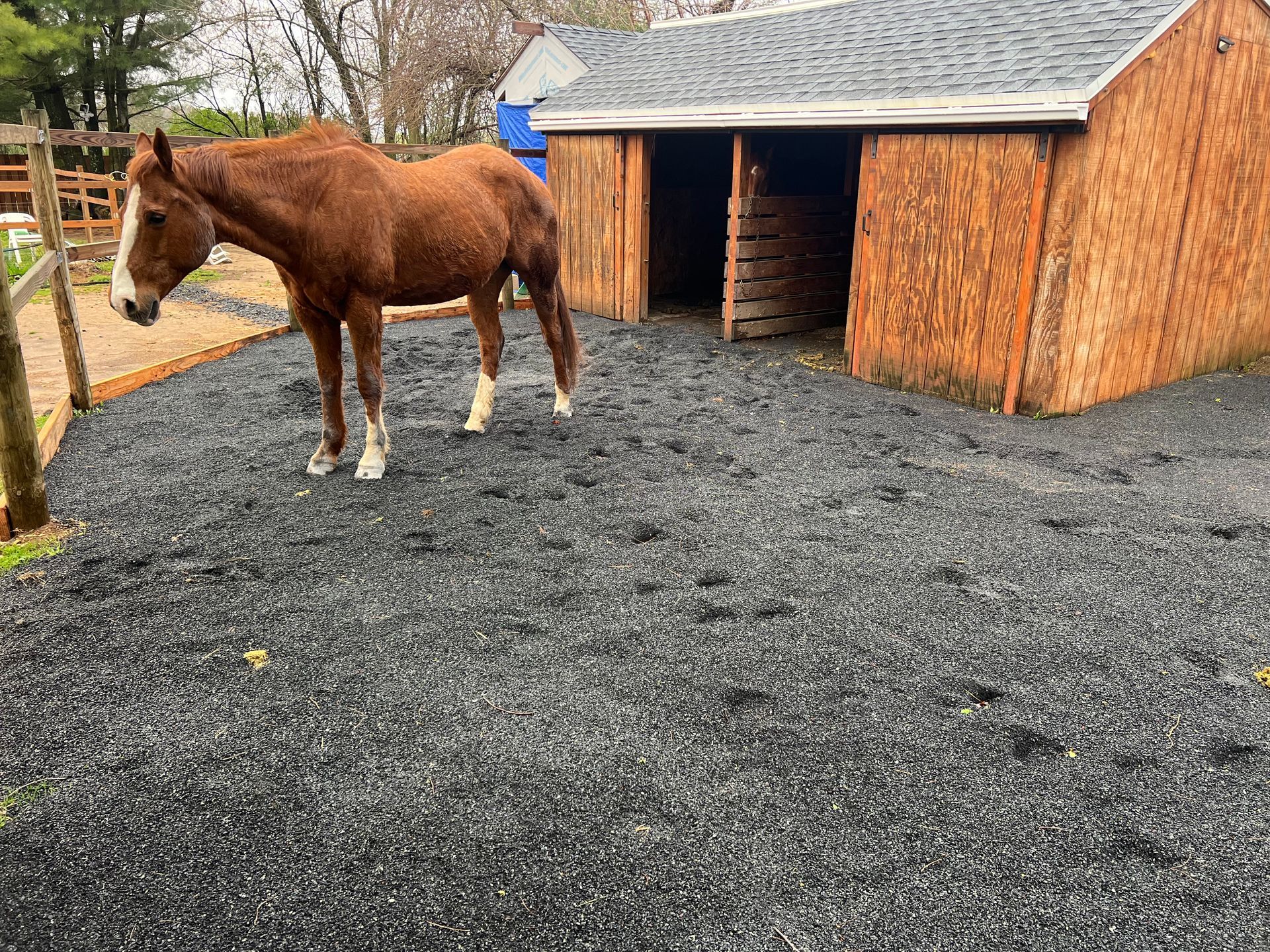He doesn't look due
One Minute Discussions #47
Discussing Natural Hoof & Horse Care
“HE DOESN’T LOOK DUE”
Does that phrase sound familiar? As a horse owner have you said it before?
Truth is, a hoof shouldn’t look due in order for it to be due for a trim! It’s that simple and here are a couple of reasons why.
Think about rehab cases when we, farriers, are trying to help the horse grow out a “bad foot”. In order for us to achieve good results we have to get rid of the old hoof material in time before it overgrows and causes more issues. That’s not possible if the hoof is too long by the time we come out for a trim and we’re basically chasing the problem, we can’t catch up!
A lot of times owners will ask to lengthen the trimming schedule in the winter but in reality that’s the time of year farriers can catch up to the problem and correct it in time! Yes, the foot may grow slower in the winter months, but it’s the perfect time to eliminate unbalanced growth and help the horse faster and more productively.
Staying on a short trimming schedule will benefit your horses in the long term. Preventing a problem is much better than correcting it!
Denys A.
www.njhoof.com
https://m.facebook.com/groups/403518701681330/permalink/549534617079737/
